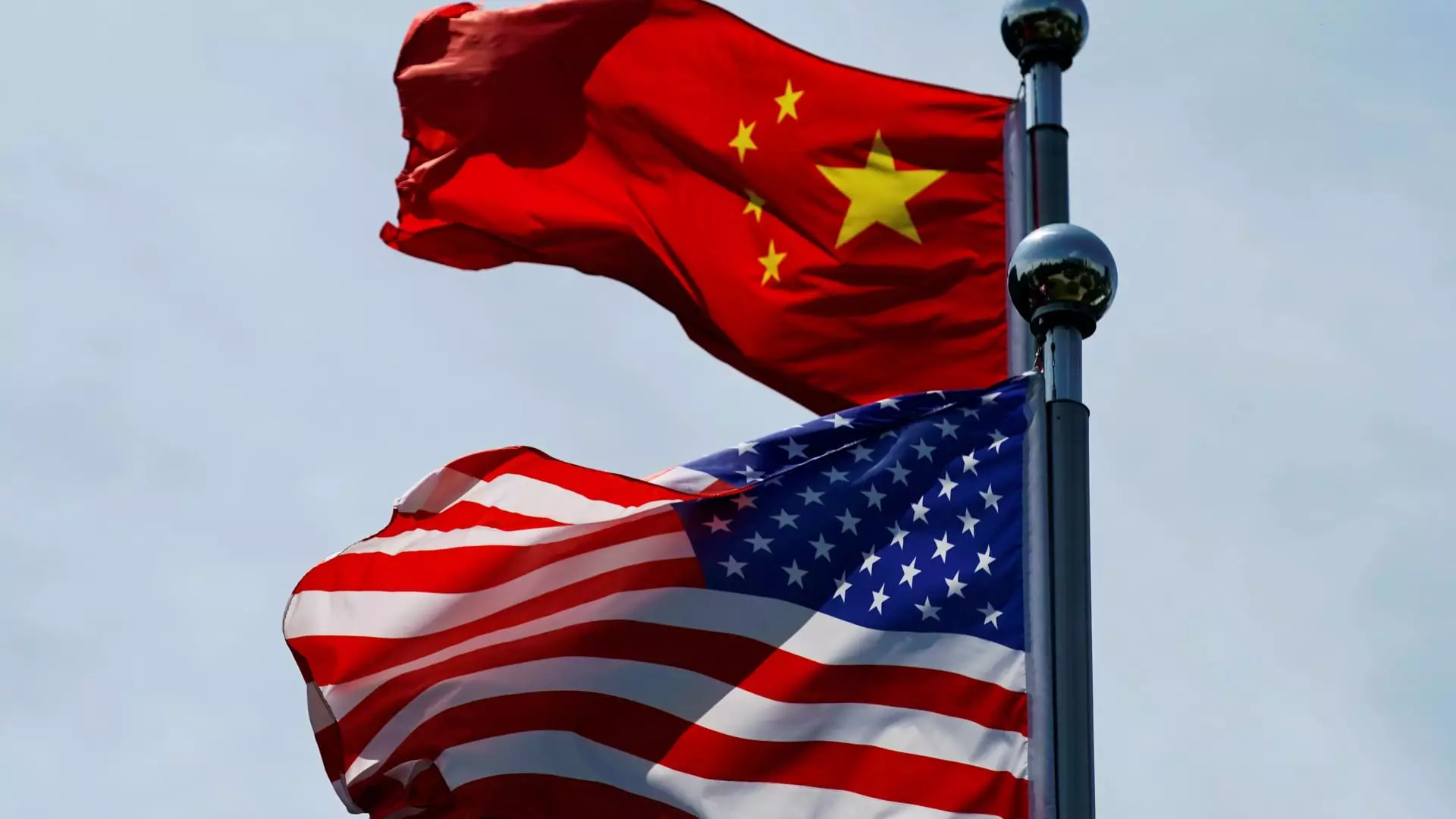In a world increasingly driven by technology and innovation, a crisis looms that could stall the progress made in various industries. The global shortage of rare earth elements has emerged as a significant issue, especially as the U.S. and China remain locked in a precarious trade relationship. Rare earths, often overshadowed by mainstream commodities, are vital for modern civilization. They are integral not just in the manufacturing of electronics and electric vehicles but also in more sensitive areas like defense. The recent tightening of export controls by China on these elements reveals that geopolitical dynamics are increasingly pressing upon industrial growth and sustainability across the globe.
China’s dominance in rare earth production is not particularly surprising; the country has been the backbone of the global supply chain for these critical minerals for years. However, the new export restrictions implemented in April are particularly indicative of an escalation of trade tensions and an unwillingness to relent even amid ongoing negotiations. By mandating tighter controls, Beijing is not simply exerting economic pressure; it’s sending a clear message about its leverage in global trade. This scenario has profound implications, not only for U.S. businesses but also for Europe and beyond, highlighting the interconnectedness of global supply chains.
Economic Ramifications and Market Responses
The American Chamber of Commerce’s recent survey underscores an alarming reality—75% of respondents indicated that their supply of rare earth elements could run dry within a mere three months. This is not just a statistic; it’s a signal of impending economic turmoil. The sectors most affected seem to be those tethered to research and development and technological manufacturing, areas pivotal for innovation. The implications extend beyond company bottom lines; they may disrupt entire industries reliant on these critical materials.
While the upper echelons of U.S. and Chinese leadership debate trade agreements, the ground reality for manufacturers hints at an impending crisis. European manufacturers have not been spared, either. Reports indicate that companies like Suzuki Motor have suspended production due to this ongoing saga. Disruption cascades down the supply chain, affecting not only manufacturers but also consumers who depend on these products, emphasizing a critical need for alternative sources and methods of production.
A Call for Strategic Adaptation
In light of these developments, companies must employ strategic thinking to mitigate risks. Both U.S. and European firms should push for policy frameworks that allow for increased domestic sourcing of rare earth elements. A dual-pronged approach of developing alternative materials and enhancing recycling programs for existing products can help ease the pressure during these turbulent times. Investment in research and development of rare earth substitutes could offer a sustainable solution to this quandary.
Furthermore, collaboration beyond the political realm is essential. Industries should partner to create a unified front in seeking viable alternatives to Chinese supply chains. This entails tapping into resources across other nations that may not have previously been considered, such as parts of Africa and Australia, where significant rare earth deposits are found. The key lies in fostering relationships that prioritize sustainable practices and ethical production methods.
Political Posturing versus Economic Reality
Despite the high-stakes nature of these discussions, there’s a palpable disconnect between political dialogue and economic reality. While American leaders express optimism about negotiations, the pressing shortages paint a different picture altogether. Are these dialogues leading toward genuine solutions, or are they merely a façade for political maneuvering? The lack of transparency regarding export controls is a worrying trend that could undermine trust between nations.
The recent remarks by U.S. President Trump suggest a dissonance—confidence in a deal coupled with an existing crisis raises questions. How can we reconcile optimistic narratives with the immediate needs of industries reliant on rare earths? Rather than sailing on wishful thinking, actionable measures that ensure seamless trade in these critical minerals are paramount.
Addressing the rare earth crisis requires not just sound negotiation but a recalibration of global priorities. The world cannot afford to underestimate the critical nature of these materials in achieving economic stability and maintaining technological advancement. Both the U.S. and China are at a crossroads; thoughtful engagement and decisive action could very well determine the future of global industry.

